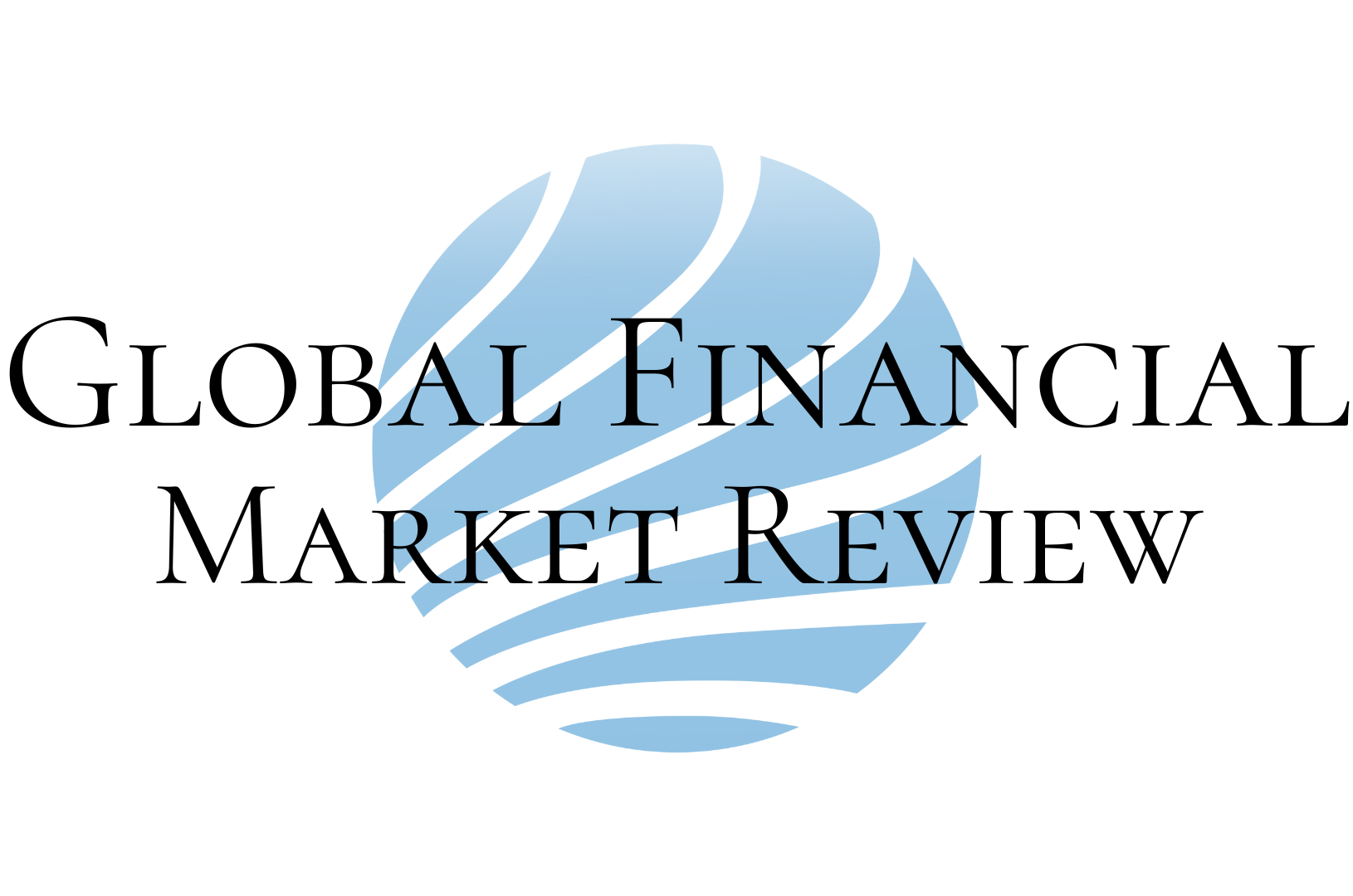$8.8bn Wiped Off Lebanon's Foreign Assets As Crisis Deepens

The foreign currency assets of the Lebanon Central Bank reached critical levels at the end of last month at $28.5 billion, representing a decline of 23.64 percent ($8.8 billion) so far this year.
Foreign assets declined by $2.22B during the month of August alone, according to the Banque du Liban (BDL) balance sheet.
Dan Azzi, former chairman and CEO of Standard Chartered Bank in Lebanon, told Arabian Business the situation was even worse than it first appears.
“BDL’s assets in foreign currency at $28.5 billion include $5 billion in Lebanese Eurobonds in addition to credit-linked notes. Thus, the liquid portion of the gross liquid foreign currency reserves held by BDL is $19.5 billion.”
The decline in BDL's assets in foreign currency, excluding Lebanese Eurobonds, is largely due to the fact that BDL has paid, at the request of the government, maturing Eurobonds and external debt servicing by early March 2020, to finance imports of hydrocarbons, wheat and medicine and, more recently, to BDL's intervention in the currency market.
Riad Salameh, Lebanon's central bank governor, announced last week that BDL has $19.5 billion in net foreign currency reserves, excluding gold reserves. Salameh informed the government that he would need to stop the support of basic goods when reserves reach $17.5 billion.
According to BDL, this would leave only $2 billion in usable reserves, before hitting the mandatory minimums bank reserves, enough to subsidise fuel, wheat, and medicine imports for only three months.
But Azzi raised doubts about this artificial minimum threshold, because BDL’s net reserves are negative, meaning BDL already blew through any statutory minimums years ago.
Starting May 27, BDL began extending to commercial banks foreign currency to support imports of raw materials for industrial exporters including the agro-food industry, and of basic food imports including a basket of 300 essential food items, in addition to support to basic commodities such as fuel, wheat and medecine.
As a result, Salameh stated that he’s in the process of finding new ways to support trade because the central Bank cannot use the reserve requirements of banks to finance trade.
The central bank’s total assets added 9.27 percent since year-start, to reach $154.45 billion in August, mainly due to the rise in gold prices since the start of the year.
UAE Announces Major New Tax Rules
UAE introduces Cabinet Decision to amend tax rules and attract investment Read more
UAEs Maseera Acquires Egyptian Fintech ADVA
The move marks a critical milestone in Maseera’s regional expansion strategy Read more
Oman Mandates IBAN For Domestic Transfers From July 2025
The move follows the Oman Central Bank's implementation of the IBAN system for international transfers from March 31, 2... Read more
Egypt And Jordan Thank The European Parliament For New Financial Aid
The European Union members recently approved loans worth $4.4 billion in three instalments to Egypt and $555 million to... Read more
Standard Chartereds SC Ventures To Replicate Asia, Africa SME Model In GCC
SC Ventures to bring its successful SME building strategy in India, South East Asia and Africa to GCC, and plans to rol... Read more
UAE Central Bank Revokes Licence Of Dynamics Insurance Brokers For Regulatory Breaches
Dynamics Insurance Brokers "failed to comply with the licensing terms and requirements issued by the Central Bank and w... Read more

